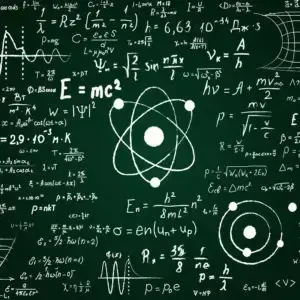Moderates @fluidmechanics@discuss.tchncs.de
- 17 Posts
- 84 Comments


Great if it is done right. This will put a stop all those screenshoted memes from Fediverse.


The witch trial which explains duck typing perfectly.
Yeah, deal with it, Copilot/LLM plugin!
Simple, replace sin with 1/cosec everywhere!


“Victory for free speech (as long as it means only we get to talk”)! /s
I don’t get it. Why Batman?


IIUC, copying over RustPython parser is an interesting detail, but that change happened earlier (2023!) when they were building Ruff, so it is old news. This piece of code called red-knot seems to be mostly original work, as far as I can tell.
https://github.com/astral-sh/ruff/issues?q=is%3Aopen+label%3Ared-knot+sort%3Acreated-asc


“I was trying to be the Netflix for wallpapers.” /s


It is not great, but however with WebEx, at least it comfortably runs in the browser without consuming all the CPUs.


Matrix being federated and interoperable from day 1 was pushing for this and there was a blog post on this:


Agree! It can only act as a reference. I like the approach taken by distributions like Yunohost where all the details are abstracted away.


I think it can be configured and it depends on the client to allow it or not.


So…like Lemmy?
Without Fluoride all the humour in the world dies.


Ho-oh in real life!


It is a relief that there are no continental drift deniers.
Also punched cards had around 80 columns, which put a hard limit on the number of characters per line.


The follow up question would be the opposing force which keeps them in orbit(als)? This balance of force was called the planetary model which has this shortcoming that electrons might fall into the nucleus.
If electrons actually followed such a trajectory, all atoms would act is miniature broadcasting stations. Moreover, the radiated energy would come from the kinetic energy of the orbiting electron; as this energy gets radiated away, there is less centrifugal force to oppose the attractive force due to the nucleus. The electron would quickly fall into the nucleus, following a trajectory that became known as the “death spiral of the electron”. According to classical physics, no atom based on this model could exist for more than a brief fraction of a second.
I am trying to recall what kind of forces enable the orbitals of electrons according to Quantum Mechanics.













I agree. Also, if you gave tons of compute power and DNS using Navier Stokes, it may feel that with CFD provides an answer; although it is approximate, it is a decent one. To me, the issue is every single time we do practical CFD of a whole city or an automobile etc. , we need specialized models that fit the flow regime. Even with petascale compute power that most supercomputers in the world are equipped with, once we simulate Navier Stokes + a turbulence model + some custom boundary condition + other microscale model, the approach is not generalizable and needs deep knowledge.